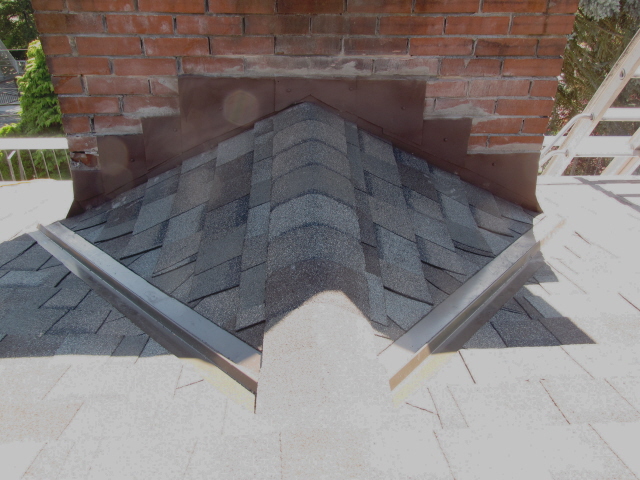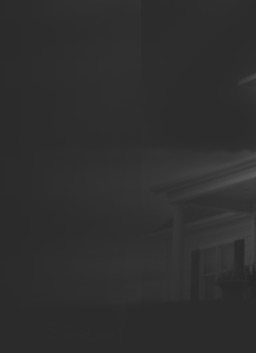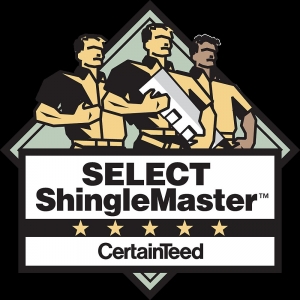Roofing
The ATC Difference.. .
Shake to Fiberglass Conversions
In a Conversion, the old cedar shake roof is torn off, sheathing such as plywood or OSB is installed to provide a flat, solid surface, felt or synthetic underlayment is installed, then a new roof covering such as fiberglass shingles are applied.
Raised Profile Shingles / Fiberglass Shingles are the most common style of shingle used today. They are available in a wide variety of colors and can add curb appeal to any home. Check out our Choosing a Shingle page to see more. They are available in 30 yr warranty up to a 50 yr warranty. They carry the highest fire rating available in a roof membrane – Class A
T-Lock/Interlocking/Tite-lock Shingles were designed as a solution to high wind in coastal regions. They work especially well for this purpose because of their interlocking design. These shingles are commonly used to roof overtop of existing shingles and tongue and groove decking. This type of shingle has been discontinued and is no longer sold at suppliers or retailers in this region. Fire Rating Class C.
3-Tab/Square Butt Shingles are an economical, simple, and in all essence, a bare bones shingle. Fewer houses are installing this style of shingle as Raised Profile Fiberglass Shingles are taking over the market. 3-Tab Shingles are now most commonly installed as the Low Profile Capping on Raised Profile Shingles.
A word to the wise: Roofing is an apparently “easy enough” job for anyone, but there are many fine points and building code requirements that may escape the do-it-yourselfer or under educated installer. A professional roofer can be your best friend!
Custom building solutions are something that we pride ourselves on. Our diversified training allows us to take on the more challenging obstacles and provide working solutions that fit your needs.
ATC Home Solutions Inc. gets more calls about leaks around chimneys than about any other problem. More often than not, the culprit is the flashing – the sheet metal that keeps the intersection between the chimney and roof watertight.
Proper flashing around a chimney includes two layers. The first is called step flashing: Sections of L-shaped sheet metal are woven into the shingle courses and lapped up the side of the chimney. Next comes the counter flashing: A second layer of metal is embedded in the chimney mortar joints and folded down to cover the top of the step flashing.
The corners are especially vulnerable. We cut and bend the metal around the corner. Even in a quality installation, this leaves one small spot that should be sealed with a high-quality urethane caulk. This caulk can work itself loose over time. If the flashing looks to be in good condition, re-caulking should take care of the problem. However, caulk is not a substitute for properly overlapped flashing materials.
 Chimney Crickets are a great way to divert water away from the back of a large chimney, however; crickets are rarely ever installed. A cricket is a ridge structure designed to divert water on a roof . Generally found on the high side of a chimney or the transition from one roof area to another, the cricket is normally the same pitch as the rest of the roof, but not always. Smaller crickets are covered with metal flashing , and larger ones can be covered with the same material as the rest of the roof.
Chimney Crickets are a great way to divert water away from the back of a large chimney, however; crickets are rarely ever installed. A cricket is a ridge structure designed to divert water on a roof . Generally found on the high side of a chimney or the transition from one roof area to another, the cricket is normally the same pitch as the rest of the roof, but not always. Smaller crickets are covered with metal flashing , and larger ones can be covered with the same material as the rest of the roof.
Crickets are also often referred to as “saddles”.




